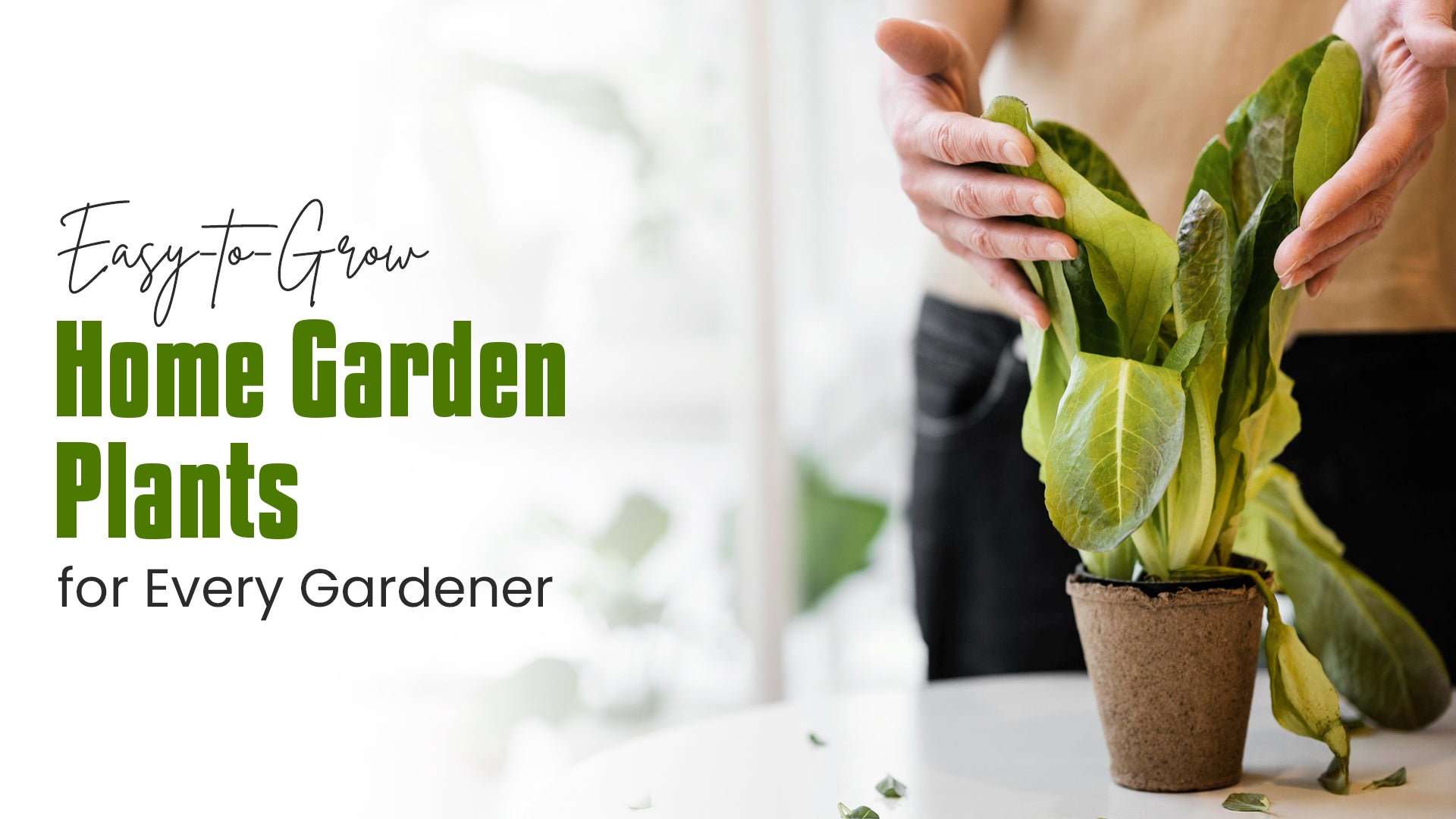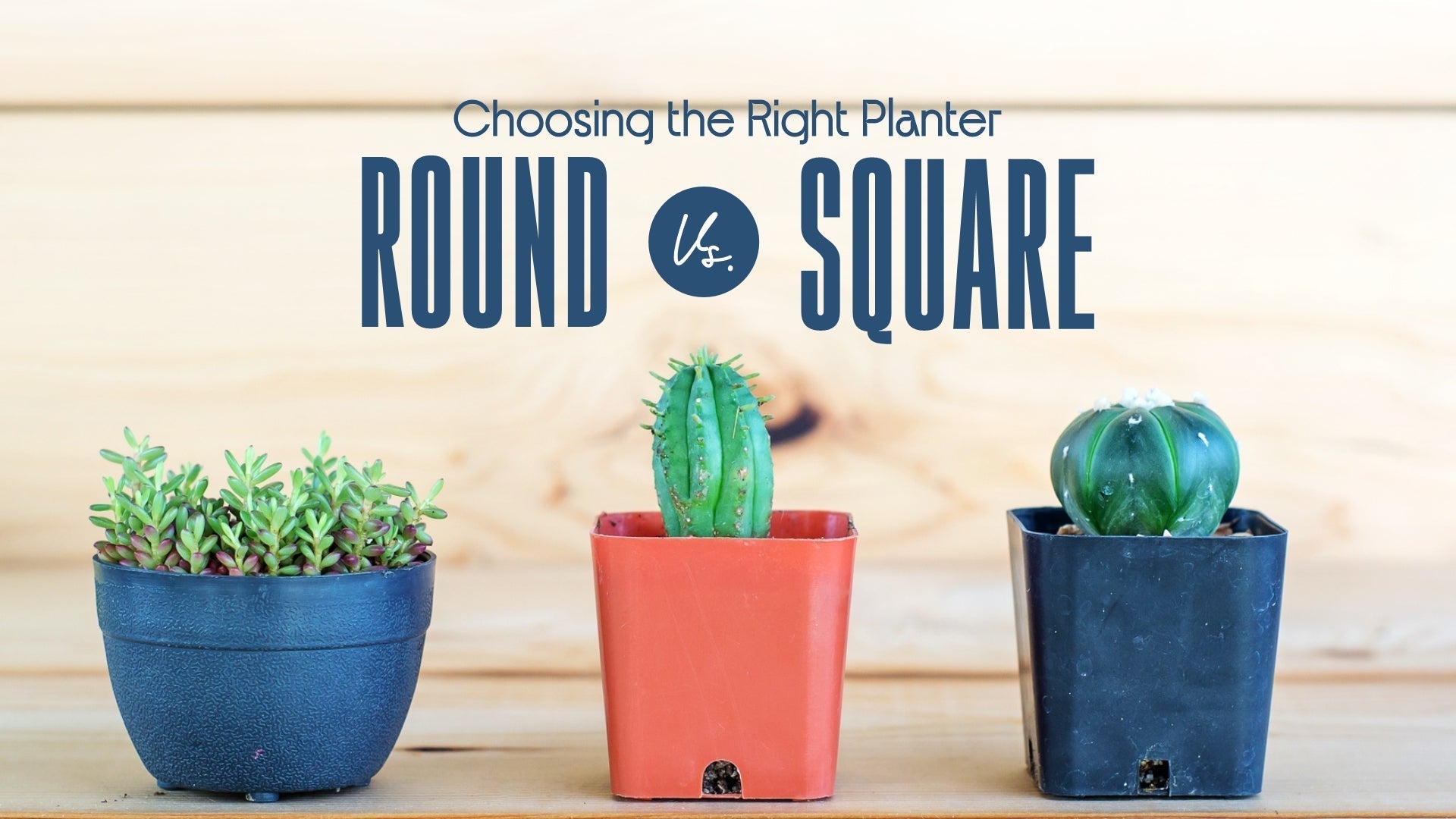
Are Plastic Pots Bad for Plants?
Plastic pots provide an ideal alternative for most gardeners. They are affordable, strong, and lightweight. However, it has also been mentioned that utilizing plastic containers puts plants in danger. The benefits and drawbacks of utilizing plastic plant pots for your plants will be covered in this article, along with some usage recommendations where applicable.
Pros of Plastic Pots
- Light Weight and Easy to Handle
Plastic pots are incredibly light. This makes it simple for gardeners to carry them around the patio or yard. This is particularly beneficial for larger plants or those that need to be repotted more often.
- Durable and Long Lasting
Plastic pots have a better life span compared to most other pots made from other materials like clay or wood. For example, they are not likely to crack or shatter, when external weather conditions become extreme.
- Variety of Shapes and Sizes
While shopping for plastic pots, many nurseries and garden centers have them in a plethora of shapes and sizes as to make it easy for the user with plants of different species. In case you need a small pot for some succulent or a large pot for a tree, plastic come in all shapes and size.
- Transparent Options
Transparent plastic pots allow you to monitor the root growth of your plants. This can help you determine when it is necessary to repot or if there are any signs of root rot.
- Cost-Effective
Plastic pots are cheap, especially when bought in bulks than other types of pots. This makes them suitable for gardeners who do not want to spend so much.
Cons of Plastic Pots
- Potential for Heat Absorption
Plastic pots can act as heating elements as they can soak up the rays of the sun, more so when the temperature is hot. This can lead to warmer soils which can be unfavorable to certain plants.
- Increased Risk of Root Rot
Plastics as a material is good for retaining moisture than most other potting materials, and hence it is very easy to overwater and create a wet choking environment against the roots. This is a problem for plants that enjoy draining soils.
- Lack of Natural Insulation
A plastic pot does not insulate as effectively as a ceramic or terracotta pot. Therefore, the roots of a plant may be more susceptible to the scorching heat of the sun whenever a plant is watered.
- Environmental Issues
The making and even throwing away of plastic pots creates many environmental problems. For example, plastic wastes can create pollution and hurt animals.
Factors to Consider
Before coming to a conclusion whether to plant in pots or plastic pots, some factors must be thought of first:
- Plant Type
Plants can be more tolerant to super hot and moisture conditions than others. If you are doing a plant that is likely to rot roots or prefers growing in cooler soil, it is advisable to avoid plastic pots.
- Climate
The area climate may also determine the type of pot you will choose. Such as in hot and dry climates where plastic pots may be adapted, they tend to overheat easily due to the high level of sun available. In humid areas, the use of pots is likely to encourage root flooding.
- Watering frequency
If a lot of water is given to the plants or if the site is quite humid, plastic pots may not be the best option. Otherwise, the moisture retention will be too much and this will lead to root rot.
- Personal Preferences
At the end of the day, whether to use plastic pots or not is subjective. If you like plastic pots and take other necessary measures while transplanting them in soil, these pots are beneficial for plants as well.
Tips for Using Plastic Pots Effectively
Here are the general points you need to attend to if you have resolved to use plastic pots for your plants.
- Select Pots with Drainage
Make sure your plastic pots have holes in the bottom. This will allow any excess water to escape and help avoid root rot.
- Potting Soil with Good Drainage
Make sure you use potting soil that is formulated for he pots to avoid root rot and also make sure the plants get enough air.
- Check Moisture Levels
Also, make sure you check the moisture levels in your pots often. One way of doing this is to dip a finger into the soil. If that part of soil feels dry and crusty, then it is time to water the plants.
- Use Pot Saucers
It is always advisable to keep your plastic pots on pot saucers to contain excess water that is unable to be absorbed by the potting soil. This will avoid instances of root rot due to waterlogging.
- Insulate Pots During Extreme Weather Conditions
In case you stay in areas with extreme weather conditions, you may want to insulate your plastic pots using other materials. This can reduce chances of heat stress or frost to your plants.
- Overwatering
Plastic pots often lead to a problem of overwatering. Mistakes are however made during the process of watering, when the plants are watered a little bit too much while they are in the pots. Minimise this possibility where possible by letting the plants’ soil dry out slightly before watering again.
- Consider Using a Moisture Meter
A moisture meter will help you know the exact moisture content of the pots. This may come in handy when you are a beginner, or something fails by just feeling if the pots are wet.
- Repot Your Plants Regularly
It is important to make a pattern of repotting your plants after a certain period. This may assist in controlling the dampness and ensuring that the plants will always have sufficient room to expand.
Alternatives to Plastic Pots
There have been sensitive environmental concerns regarding plastic pots or concerns about the aesthetics of pots made from plastic, which has led to the desire to look at alternatives.
- Terracotta Pots
Clay terracotta pots have been a centrepiece in most gardens. They regulate the moisture content of the soil they contain very well since they are porous and would allow the soil to breathe.
- Ceramic Pots
Ceramic pots have most of the features found in clay pots, but most often include a colorful glaze sheet as a decorative element.
- Wooden Planters
These are very useful in decorating any garden, as wooden planters will enhance the natural beauty of the garden. Red cedar or Redwood are mostly used as they can hardly rot.
- Fabric Pots
Fabric pots are made of a breathable fabric or material that permits excess moisture to drain out. Fabric pots are also able to move around quite easily and are practically weightless.
- Recycled Materials
If you are passionately environmentally friendly, consider also using pots marketed as being made of recycled things, such as used plastic bottles and used newspapers.
Plastic pots can prove useful and cheap in gardening. However, there is importance of appreciating the demerits of the pots and also taking measures to curb the problems. This article helps one to utilize the plastic pots appropriately without endangering the plants within the pots.









